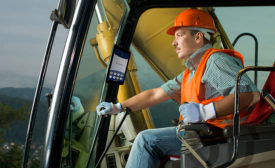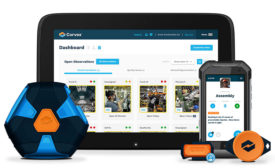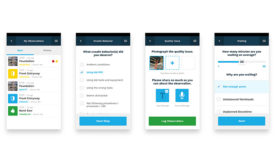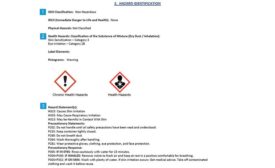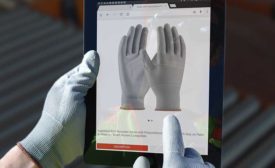Home » Keywords: » technology management
Items Tagged with 'technology management'
ARTICLES
Safety Technology
Eliminating workplace distractions with Joe Boyle, CEO of TRUCE
February 3, 2020
Safety Technology
The techno takeover will be a lengthy process in safety
December 3, 2019
Safety technology engages workers
Smart PPE puts your people in proactive positions; enabling real-time reporting & alerts
March 25, 2019
Safety technology comes to construction industry
Everything from bionic builders (exosuits) to smart ID systems and intelligent robots
March 18, 2019
Finding the right glove compatible with touchscreen technology
Working with industrial & consumer touchscreens- Understand the technology to find the right glove
September 25, 2017
Become a Leader in Safety Culture
Build your knowledge with ISHN, covering key safety, health and industrial hygiene news, products, and trends.
JOIN TODAYCopyright ©2025. All Rights Reserved BNP Media.
Design, CMS, Hosting & Web Development :: ePublishing

